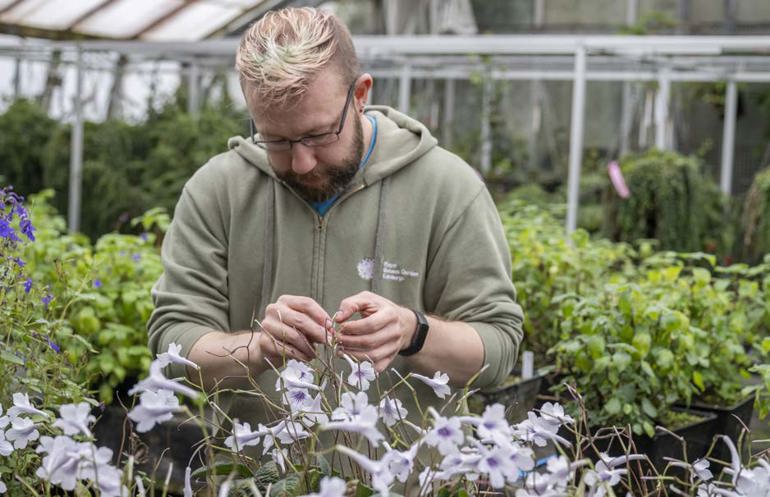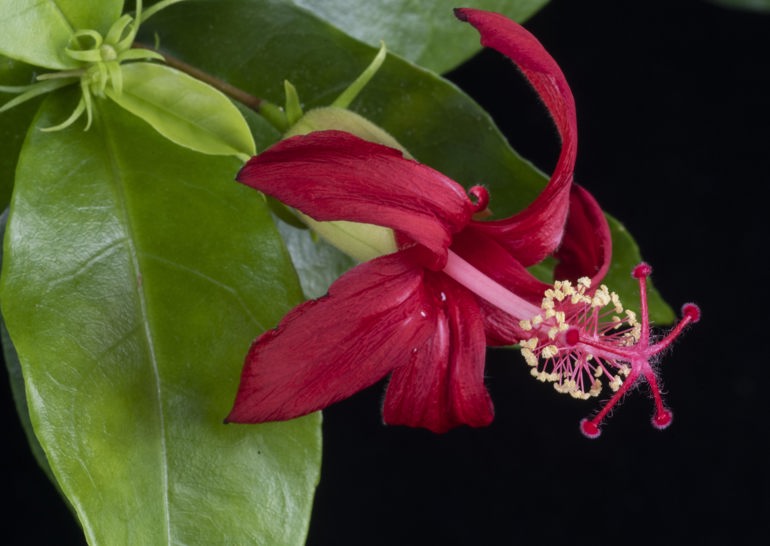With over 40 per cent of the world’s plants believed to be in danger of extinction, the opportunity to save fragile habitats is looking brighter, say leading experts who have launched a new conservation roadmap. Their 10-year plan, written with collaboration in mind, details practical solutions for managing botanical collections.
As part of the global network of botanic gardens, united in their determination to mitigate the twin challenges of the biodiversity crisis and climate emergency, the Royal Botanic Garden Edinburgh is generally active in around 50 countries. Always working in partnership with local agencies and individuals.
Simon Milne MBE, Regius Keeper of the Royal Botanic Garden Edinburgh, highlighted the benefits transcending political boundaries and collaborating globally: “It is estimated that there are 3,000 botanic gardens worldwide, each offering a unique contribution at the international, national, or community level. This institute stands as one of the oldest and we are very proud of our expertise and leadership in plant science, conservation horticulture educational programmes and public engagement.

“There are countless opportunities for us to further develop collaborations, bringing together skills, passion, and expertise, to tackle one of the most urgent challenges of our time: the rapid decline of plant and fungal diversity, upon which all known life on Earth depends.”
As a key player in the international framework of botanic gardens, the Edinburgh institute is committed to sharing resources. Raoul Curtis-Machin, Director of Horticulture and Visitor Experience, laid out the urgent need for transferable guidelines such as this policy: “While we continue to scientifically describe new species, there is still a lot to learn about the plants we already know. Worldwide we need to accelerate and scale-up the work to fight species loss.
“Factors such as pests and pathogens and extreme weather events are challenging us to look after our trees and shrubs in new ways. We need to learn efficient methods of intervention to benefit the plants and people being impacted by climate change. None of this can be done in isolation and updating our Living Collection Policy equips us and others around the world to step up to the plate to meet the biodiversity crisis head-on.”
The five pillars of the policy – compliance, curation, cultivation, conservation, and communication – are accompanied by practical graphic appendices. These set out key regulatory and naming protocols to ensure that work done meets international regulations on the collection and cultivation of plant material for scientific research purposes and the benefit of humanity. Guidance is also provided on the communication and education required to engage and excite future generations to create a sustainable world.
It is published just weeks after a research paper led by Cambridge University Botanic Garden revealed how the quality of living collections around the world is gradually deteriorating. But also cited work emitting from the Royal Botanic Garden Edinburgh as bucking trends in conservation partnerships.

Image: RBGE’s living collection safeguards many Endangered or Critically Endangered plants, such as Hibiscus clayi (pictured).
Simon Milne concluded: “Each botanic garden has its own unique contribution – from our leadership in genomics and taxonomy, to Karoo Desert’s conservation work, Singapore’s orchid expertise and Tromsø’s alpine specialisations. Even smaller community gardens, such as one in the Sundarbans in the Ganges delta, play a crucial role in supporting health and ecology while preserving valuable knowledge.
“This diversity speaks to one fundamental truth: while major institutions often lead in plant science, conservation and education, we must recognise the collective power of the entire network and ensure we all share knowledge and resources for the greater good. This policy is a tool for collaboration, providing a framework to care for living collections worldwide.
Read our Vision for the Living Collection (pdf)

